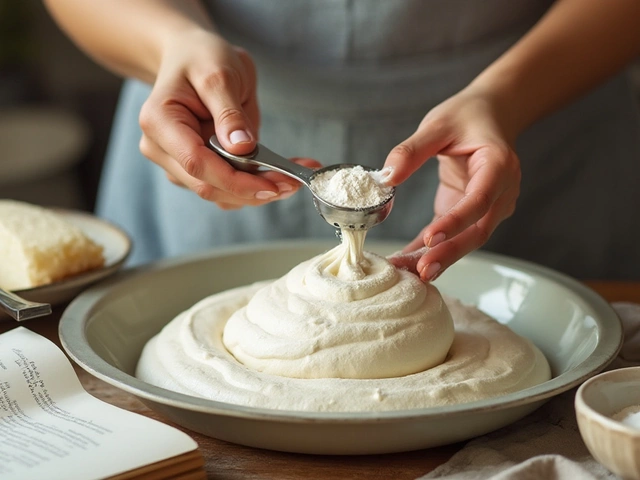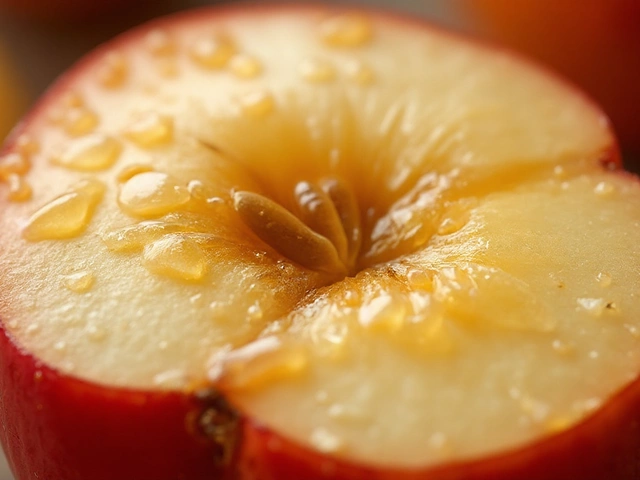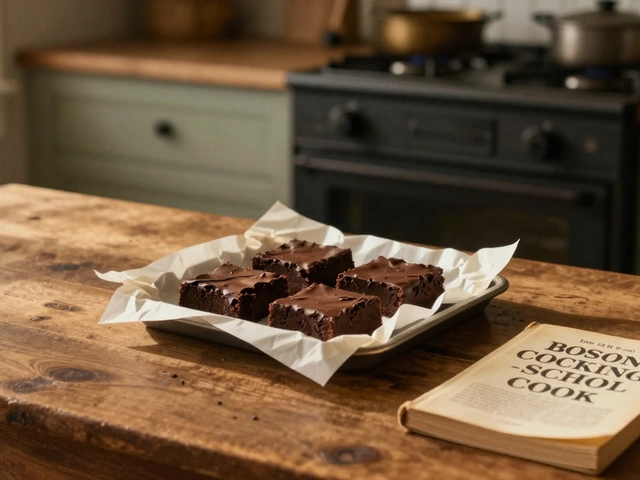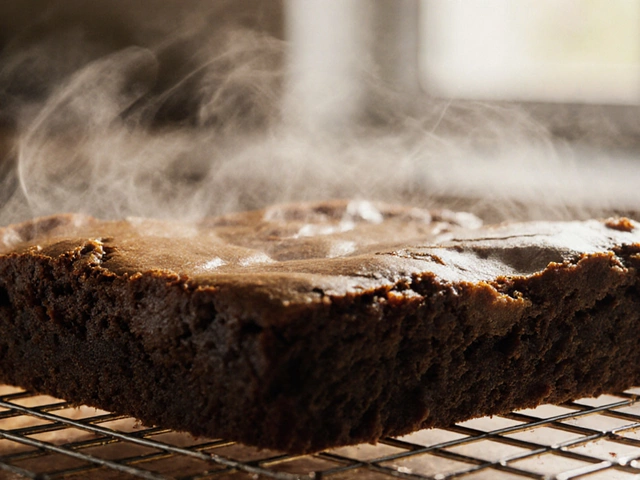High Gluten Foods: Quick Guide for Home Bakers
If you love a chewy loaf or a pizza crust that holds its shape, you’re probably dealing with high gluten foods. Gluten is the protein that gives dough its stretch and strength. Knowing which ingredients are rich in gluten helps you decide when to use them and when to avoid them.
Common High‑Gluten Foods
Here are the everyday items that pack the most gluten:
- Bread flour – Made from hard wheat, it has about 12‑14% protein. Perfect for artisan breads and bagels.
- Whole‑wheat flour – Slightly lower protein than bread flour but still high enough for hearty breads.
- Durum wheat (semolina) – Used in pasta and some breads, it gives a firm bite.
- Spelt flour – Though it feels lighter, it still contains a good amount of gluten.
- Seitan – Also called wheat meat, it’s made from wheat gluten and is a favorite protein source for vegans.
Even if a product isn’t labeled as “high gluten,” look at the ingredient list. Anything that says “flour,” “wheat,” “malt,” or “gluten” is likely a high‑gluten ingredient.
Tips for Baking with High‑Gluten Ingredients
Using high gluten foods can be a game‑changer, but a few simple tricks keep your baked goods from getting tough:
- Hydrate properly. High‑gluten flour absorbs more water. Start with the recommended amount and add a tablespoon at a time until the dough feels tacky but not sticky.
- Don’t over‑mix. Mixing develops gluten. For breads, you want a strong network, but for cakes you’d rather keep it light. Stop mixing as soon as the dough comes together.
- Rest the dough. A short rest (15‑30 minutes) lets the gluten relax, making shaping easier.
- Use the right fermentation time. Longer rise times let the gluten stretch naturally, giving a better crumb.
- Store flour airtight. Keep bread flour in a cool, dry place and use it within six months for peak performance.
When you need a softer texture, swap a portion of bread flour with all‑purpose flour. A 25% mix still gives good structure but reduces chewiness.
Remember, high gluten foods are not just for breads. They work great in pizza dough, pretzels, and even certain pastries that need a bit of bite. Experiment with small batches, note how the dough feels, and adjust water or resting time as needed.
Now you’ve got the basics: know the ingredients, watch the hydration, and give the dough a rest. That’s all you need to start baking with high gluten foods and get reliable results every time.
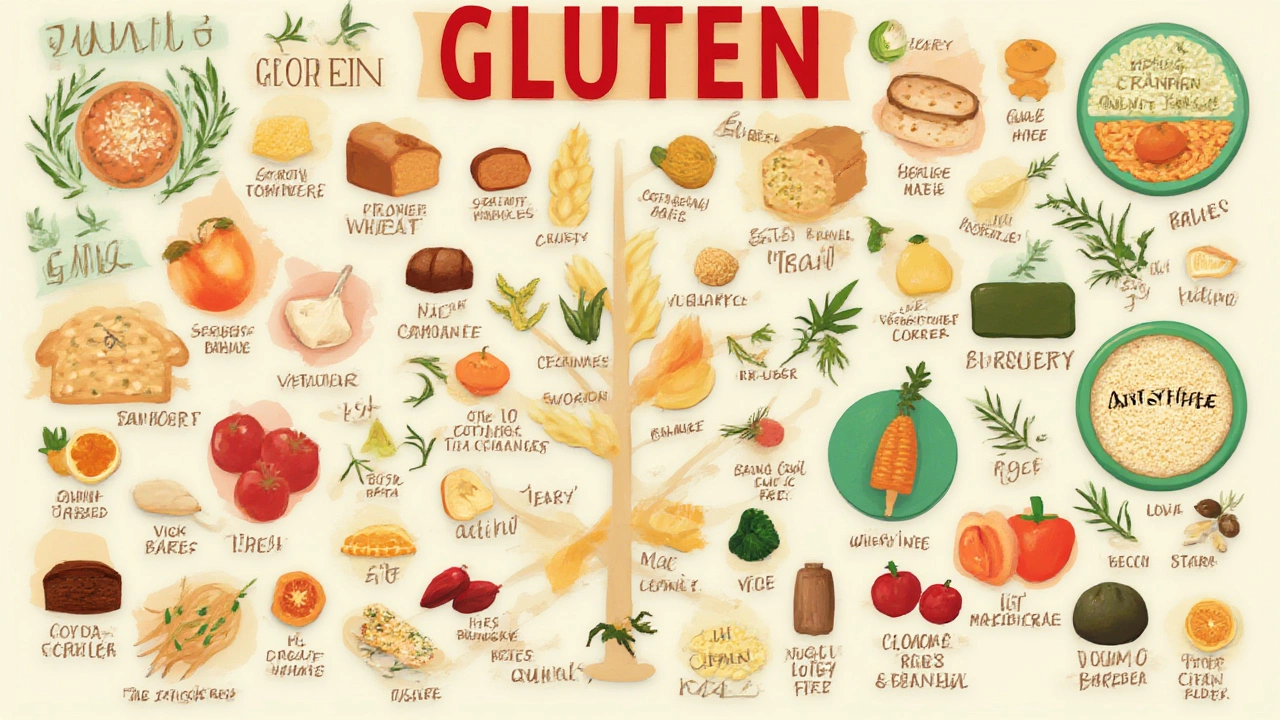
What Foods Are Highest in Gluten? Surprising Sources and Facts
Delve into what foods are truly high in gluten, which grains and products sneak it in, and learn real tips for navigating your diet, with facts and tables for easy understanding.
View More
